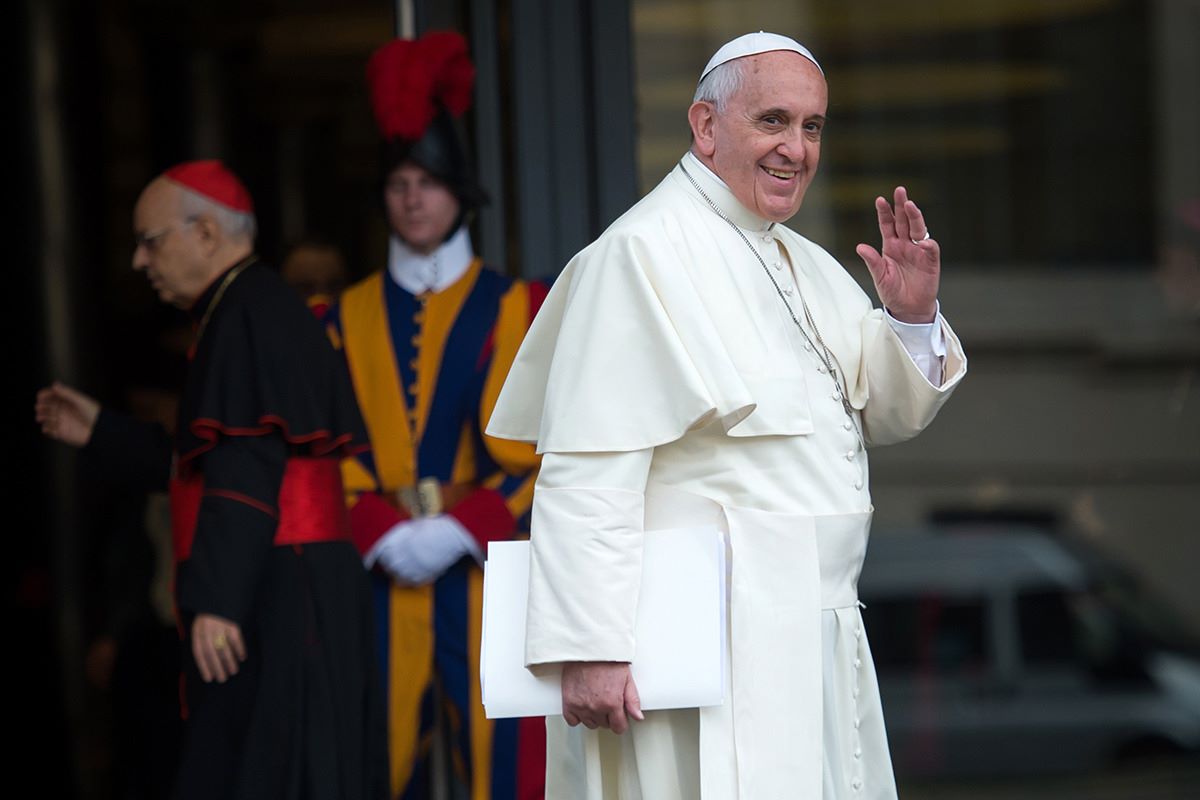
What is a Papal Encyclical? A Papal Encyclical is a letter sent by the Pope to bishops, clergy, and sometimes all the faithful. These letters address important issues, offering guidance on doctrine, morals, or social matters. Encyclicals hold significant weight in the Catholic Church, often shaping teachings and practices. They are not infallible but carry considerable authority. The first modern encyclical was issued by Pope Benedict XIV in 1740. Topics range from peace and justice to environmental concerns. Encyclicals are typically written in Latin and later translated into various languages. They serve as a bridge between the Pope and the global Catholic community, fostering unity and understanding.
What is a Papal Encyclical?
A Papal Encyclical is a letter sent by the Pope to bishops, clergy, and sometimes all the faithful. These documents address important issues related to faith, morals, or discipline within the Church.
- The term "encyclical" comes from the Greek word "enkuklios," meaning circular or general.
- Encyclicals are often written in Latin, the official language of the Vatican.
- The first modern encyclical was "Ubi Primum" by Pope Benedict XIV in 1740.
- Encyclicals are not considered infallible teachings but carry significant authority.
- They often address contemporary social, political, or economic issues.
Historical Significance of Encyclicals
Encyclicals have played a crucial role in shaping the Church's stance on various matters throughout history.
- "Rerum Novarum" by Pope Leo XIII in 1891 addressed the rights and duties of capital and labor.
- "Humanae Vitae" by Pope Paul VI in 1968 reaffirmed the Church's opposition to artificial contraception.
- "Pacem in Terris" by Pope John XXIII in 1963 called for peace during the Cold War.
- "Laudato Si'" by Pope Francis in 2015 focused on environmental issues and climate change.
- "Quadragesimo Anno" by Pope Pius XI in 1931 expanded on the themes of "Rerum Novarum."
The Process of Writing an Encyclical
Creating an encyclical involves extensive research, consultation, and drafting.
- The Pope often consults with theologians, bishops, and experts in relevant fields.
- Drafts are reviewed and revised multiple times before the final version is approved.
- Encyclicals are usually published in multiple languages to reach a global audience.
- They are often accompanied by explanatory documents to help with interpretation.
- The Vatican's Congregation for the Doctrine of the Faith may be involved in the drafting process.
Impact on the Catholic Church and Beyond
Encyclicals influence not only the Catholic Church but also broader society.
- They can inspire social movements and policy changes.
- Encyclicals often spark theological debates and discussions within the Church.
- They are frequently cited in academic and scholarly works.
- Encyclicals can affect international relations, especially those addressing global issues.
- They serve as a moral compass for Catholics and others seeking guidance on complex issues.
Final Thoughts on Papal Encyclicals
Papal encyclicals hold a significant place in the Catholic Church. These letters, written by the Pope, address important issues, provide guidance, and clarify church teachings. They have shaped the church's stance on various matters, from social justice to environmental concerns. Encyclicals like "Rerum Novarum" and "Laudato Si'" have had a lasting impact on both religious and secular communities.
Understanding these documents helps grasp the church's evolving perspectives. They reflect the Pope's response to contemporary challenges and offer a moral compass for believers. Whether you're a devout Catholic or just curious, exploring encyclicals can provide valuable insights into the church's role in addressing global issues.
In short, papal encyclicals are more than just letters; they're a window into the heart and mind of the Catholic Church, guiding millions worldwide.
Was this page helpful?
Our commitment to delivering trustworthy and engaging content is at the heart of what we do. Each fact on our site is contributed by real users like you, bringing a wealth of diverse insights and information. To ensure the highest standards of accuracy and reliability, our dedicated editors meticulously review each submission. This process guarantees that the facts we share are not only fascinating but also credible. Trust in our commitment to quality and authenticity as you explore and learn with us.


